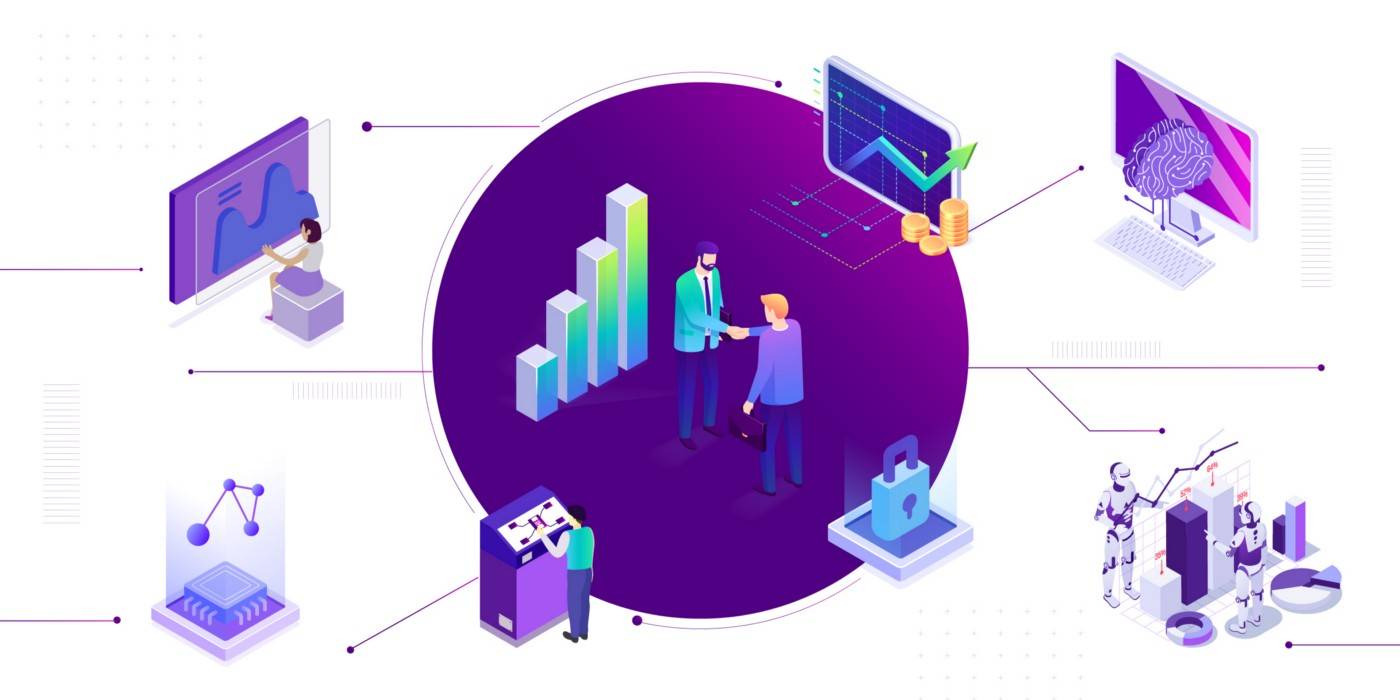Have you ever transferred money directly to your friend’s or a business’s account using digital channels? Chances are that you have. Peer-to-peer payments in India are a mechanism where payment occurs between two individuals’ bank accounts directly, using a digital medium. There is no intermediary involved.
The biggest benefit of peer-to-peer payments is that there is no need to know the recipient’s bank details or to carry cash or chequebooks. A simple QR code, phone number (linked with the payee’s bank account), or payment link can conclude a successful transaction directly from the bank account to the bank account.
In the context of businesses, the buyer directly transfers the payment amount from their accounts to the sellers. When this happens, the terminology changes to Person to Merchant transactions, which are another form of account-to-account digital payments.
In fact, with the rise of digital payment methods in India, peer-to-peer payments have become the most popular method of payment among citizens.
According to Statista, the peer-to-merchant payment market is predicted to reach a value of INR 84 trillion by 2025! The numbers speak volumes about how citizens have taken to UPI P2P payments like a fish takes to water.
This blog explores the revolution that P2P payments have stirred in the country.
The P2P business model
The peer-to-peer business model isn’t something new. In fact, it has been around since the time of Napster, the first online platform that directly connected its users online to share music for free.
While this ended in several copyright infringements, the business model had tremendous potential that other industries promptly adopted with the necessary regulatory adjustments.
The P2P business model focuses on establishing a direct link between buyers and sellers. Think Amazon, eBay, and Uber – these marketplaces are most fundamentally P2P, connecting users directly with service providers or sellers. Even their payment methods include options for P2P payments using supporting technologies like Venmo.
Some of the more direct P2P models you may come across are crowdsourcing platforms, such as GoFundMe, Kickstarter, Upwork Inc., etc. These platforms exist exclusively for a specific kind of target audience that can connect with the service provider directly and online.
Running in the undercurrents of this business model is a robust digital payment infrastructure that provides enterprises with smart and intelligent payment support.
By way of incorporating robust payment gateways and ancillary support for the integration of P2P payment networks, establishing a direct link between two persons or between a business and its consumer has been made faster and more securely possible.
Peer-to-peer payments in India up until now
There was a time in India when most of the payments constituted of either cash or cards. Concluding a payment successfully through net banking was an idea far too complicated for two persons trying to transact or even for businesses dealing internationally.
In 2016, with the introduction of UPI, every traditional method of transaction stood challenged. The convenience of this peer-to-peer payment could not be matched by traditional bank cards or cash.
According to BFSI, UPI payments commanded a market share of a meagre 2% in the year of launch, whereas today, their market share has increased to a whopping 52%.
Using a simple QR code, even the local businesses – your traditional mom-and-pop stores – can today enjoy instant payment settlements and the user-friendliness of payment apps.
Peer-to-peer payments can now be executed using personal mobile phones without needing any prior details of the business or individual – only a QR code or a phone number – to make a successful payment.
According to Partha Sarathy, a notable business personality, UPI transactions are worth 55% of India’s GDP.
2022 has been a year of inflexions for UPI-based P2P and P2M transactions in India, according to an article published in the Financial Express. In December 2022, P2P transactions constituted 46% of the total UPI transactions.
Additionally, in another article published in the same journal, between May 2022 and May 2023, the UPI-based P2M transactions experienced a boost from INR 254.6Cr to INR 536.9Cr – a whopping growth of 110% YoY.
What drives P2P in India?
The primary driving force for UPI-based peer-to-peer payments in India is the accessibility to technology and a paradigm shift in the consumer mindset. Let’s see how.
Technological advancements
According to Statista, in 2023, India has about 1.05 billion people accessing the internet through their mobile phones. The proliferation of mobile phones in India has caused a tremendous spike in users’ ability to access online digital payment methods easily.
Technological advancements in the FinTech niche have led to the launch of several neo-banks that facilitate P2P payments and can even automate them based on user-defined rules. Apps like CRED, GPay, PhonePe, etc. have incorporated extreme convenience in P2P transactions without security risks and reduced instances of payment failures.
The emergence of digital payment infrastructures, technologies, and services has helped businesses to augment their payment methods and channels to cater to user demands.
Consumer behaviour
Consumers have begun to perceive UPI-based P2P payments as more efficient, faster, and less troublesome as compared to using bank-based cards or online payments. They prefer the higher flexibility and better transparency of P2P transactions, in addition to lower fees and charges levied per transaction.
Traditional banking payments cannot compete with these facilitations that apps like CRED or GPay provide customers without completely overhauling internal systems.
Additionally, the popularity of P2P lending is gaining traction by allowing direct lending-borrowing actions between two individuals, sidestepping traditional loans and their lengthy processes.
P2P in numbers
According to NPCI, in the month of May 2023 alone, there have been a stellar 9,415+ million UPI transactions in the country. P2P transactions constituted about 42.7% of the total UPI volume in the same month.
It is evident that most of the digital payments space is being dominated by UPI payments facilitating direct transactions from either person to person or person to merchant.
Wrapping up
In the end, the payment method that allows people the maximum extent of security and convenience while making a payment prevails over others. A good payment system incorporates the gifts of technology aiming to make the entire process seamless, secure, and fast.
To that end, we at Plural by Pine Labs offer a plethora of digital payment solutions and infrastructure to businesses to improve the P2P payment mechanism for customer satisfaction and payment efficiencies.
From payment gateways to UPI Autopay, from the Affordability Suite to payment links, we offer a wide range of payment solutions that businesses can leverage for their P2M or P2P channels. Reach out to us to know more.

Amrita Konaiagari is a Marketing Manager at Plural by Pine Labs and Editor of the Plural blog. She has over 10 years of marketing experience across Media & Tech industries and holds a Master’s degree in Communication and Journalism. She has a passion for home décor and is most definitely a dog person.



